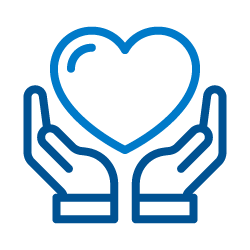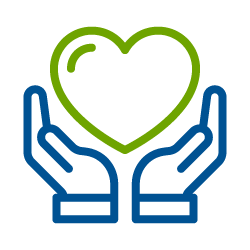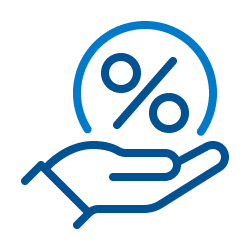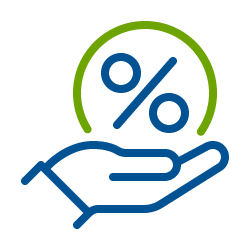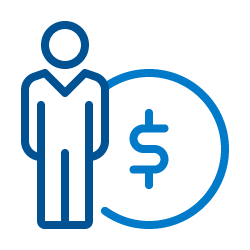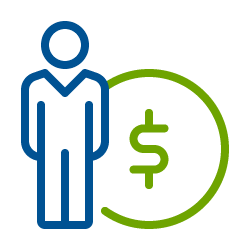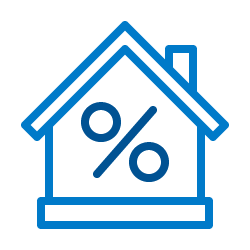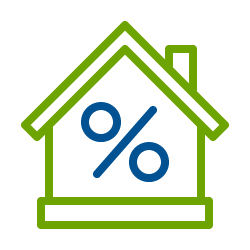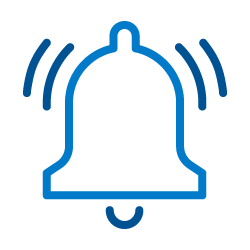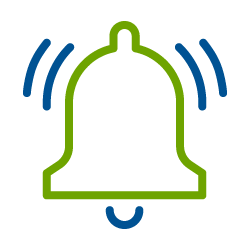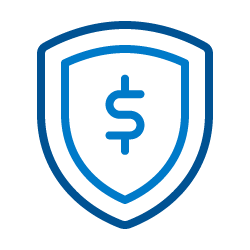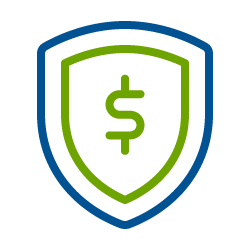Avoid Budgeting Pitfalls: Disappearing Cash
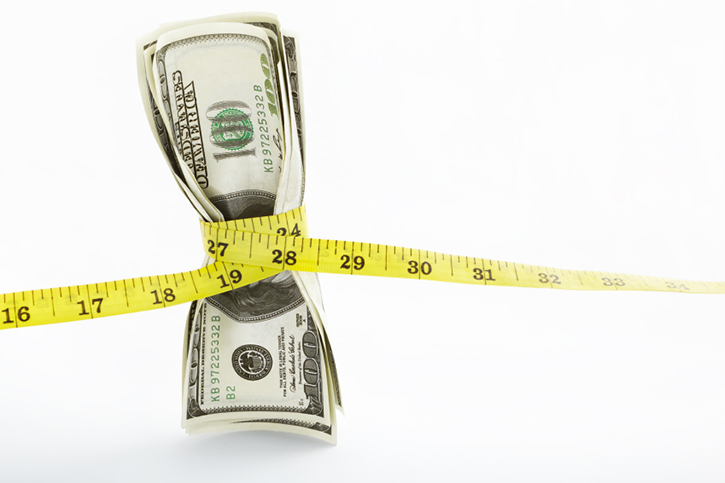
Logging into online banking or reviewing your monthly bank statement is the best way to track your spending and make sure you’re sticking to your budget. For each swipe of your card, you get a date, merchant name, and amount spent, but even meticulous budgeters can sometimes end up baffled by where some of their money is going.
The culprit? Cash withdrawals. Some merchants don’t accept cards, and in some situations it’s just easier to pay with cash. Unless you have photographic memory (be honest here), it’s important to keep receipts for cash purchases, or write down where you’re using your cash. Tracking your cash transactions will help you note which area of your budget the cash should be attributed to. That way, you don’t overspend in a specific category.
Tip #1
If a certain area of your budget tends to be used mostly in cash, then make a cash withdrawal to cover that budget at the beginning of the month. Keep the cash and receipt for the withdrawal in an envelope marked “entertainment” (in a safe place). At the end of the month you can match the receipt date with the transactions on your statement to account for that withdrawal.
Tip #2
If you’re using cash to pay for miscellaneous small purchases that come up through the month, keep a stash of receipts wherever it’s convenient. If you use cash for last minute grocery items or fast food lunches, keep receipts in an envelope in your car. If you notice a lot of cash withdrawals in one month, you can reference this receipt stash to see what you’re spending it on.

